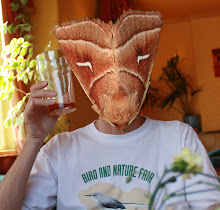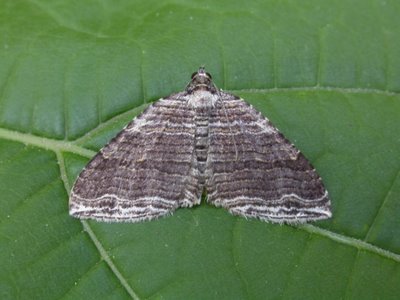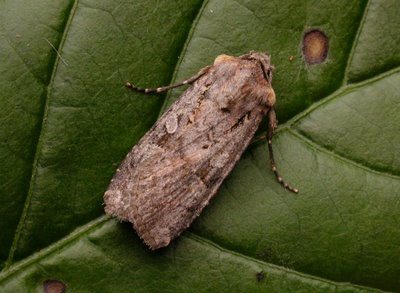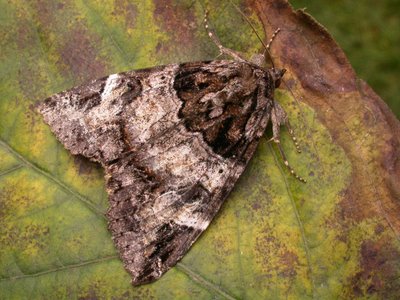Metallica rules...
Has been a little mundane in the trap of late. Not sure why because the overnight temperatures have been favourable. However, there have been a couple of highlights - see below.

Diachrysia balluca, known as the Metallic Looper Moth by some. This is the largest and most metallic-looking of the looper moths in our area. It is not particularly common but I catch one or two most years. The larvae feed on raspberry and the adults are on the wing from late June until mid-August, though most of my records are from mid-July.

Is a brilliant-looking creature with a fantastic green and purple lustre. This moth just glows and there is nothing else quite like it!

This is Calophasia lunula, or the Toadflax Brocade. It is an introduced European species. I'm not sure just how long it has been in Ontario but I seem to catch one or two most years in the Greater Toronto Area. It's a very distinctive-looking moth with nothing likely to be confused with it.

The larve feed on Common Toadflax (also non-native) which is a common roadside plant throughout Southern Ontario. The adults are winging it in July and early August.







